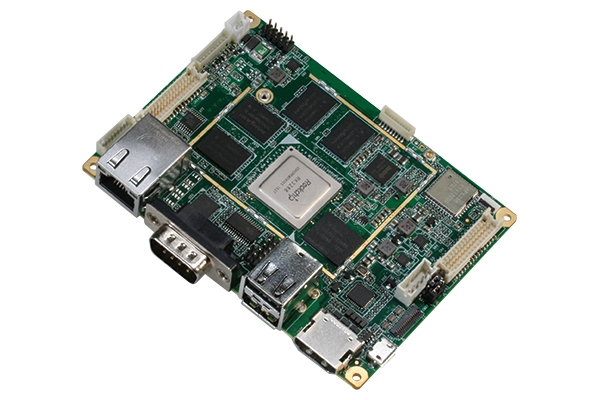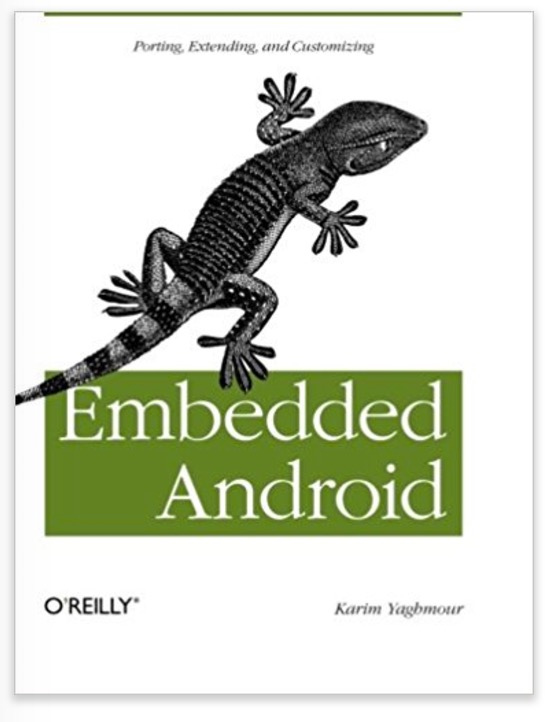Recent Posts
ARM Single Board Computer Preloaded With Android 6.0 With Gigabit Ethernet And Mini-PCIe Slot
Posted by on
AAEON, a developer of Industry 4.0 computing solutions, relaunched their RICO-3288, a lightweight single board computer designed expressly to consolidate Linux and Android systems. This new version of the RICO-3288 has been upgraded to provide better performance than its former model, and is built to address recent technical advances such as sunlight readable monitors and IoT-powered displays.
Powered by the Rockchip RK3288 ARM A17 quad-core processor, the RICO-3288 is designed to provide secure configuration, and supports 2GB DDR3L, offering quad-core processing and throughput from a form factor with standardized mounting points.
Aggregating an wide array of connectivity options, the RICO-3288 is preloaded with WiFi/BT, Micro USB OTG and SD expansion slots, supplemented with I/O connection to link daughter boards for agility and networking. Easier customization for this model is facilitated with Android 6.0 which provides an SDK, enabling real-time telemetry and edge analytics.
Features
- Rockchip RK3288 ARM Cortex™-A17 Quad-core 1.6GHz
- Onboard DDR3L Memory 2 GB
- Onboard eMMC 16 GB
- MicroSD Slot up to 64 GB
- Gigabit Ethernet x 1
- 18/24-bit Dual-Channel LVDS, eDP and HDMI
- RS-232 x 1, RS-232/422/485 x 1
- USB2.0 x 3, USB OTG x 1, Mini-PCIe x 1 (for 3G/4G module)
- Optional 7.4V Battery Power Input
- Optional high accuracy GPS module
More Information
- Download/View the AAEON RICO-3288 data sheet (PDF)...
- More Information...
Embedded Android: Porting, Extending, and Customizing
Looking to port Android to other platforms such as embedded devices?
This hands-on book shows you how Android works and how you can adapt it to fit your needs.
You will delve into Android’s architecture and learn how to navigate its source code, modify its various components, and create your own version of Android for your particular device.
You will also discover how Android differs from its Linux roots.
If you are experienced with embedded systems development and have a good handle on Linux, this book helps you mold Android to hardware platforms other than mobile devices.
- Learn about Android’s development model and the hardware you need to run it
- Get a quick primer on Android internals, including the Linux kernel and Dalvik virtual machine
- Set up and explore the AOSP without hardware, using a functional emulator image
- Understand Android’s non-recursive build system, and learn how to make your own modifications
- Use evaluation boards to prototype your embedded Android system
- Examine the native user-space, including the root filesystem layout, the adb tool, and Android’s command line
- Discover how to interact with—and customize—the Android Framework
 Loading... Please wait...
Loading... Please wait...


